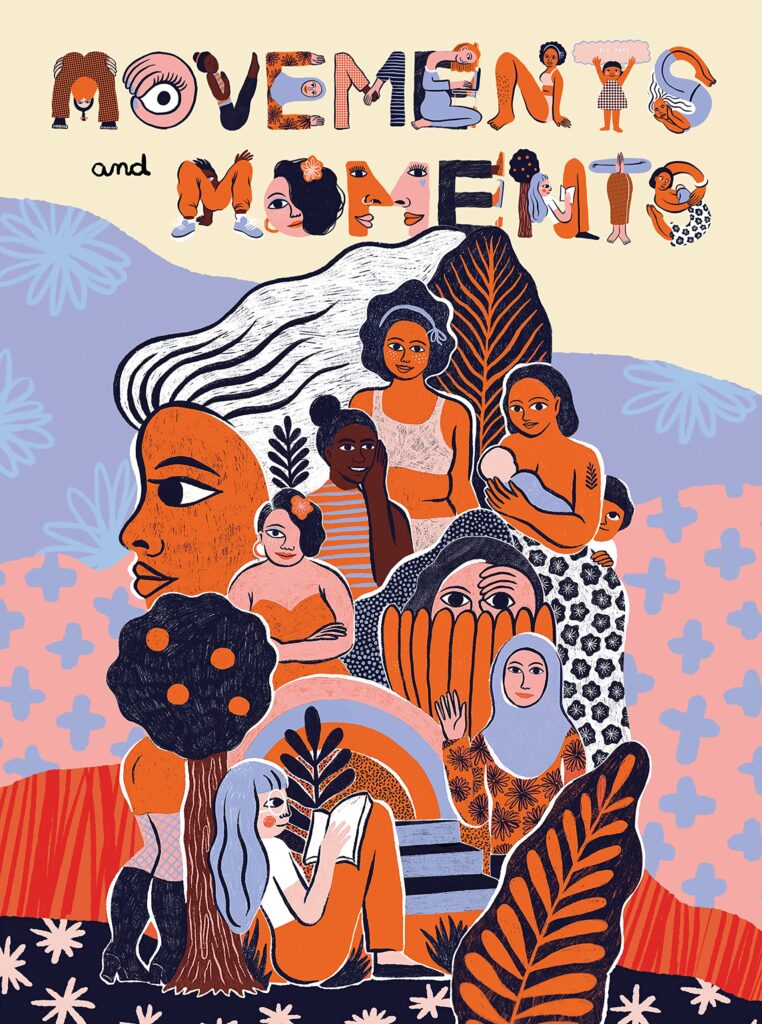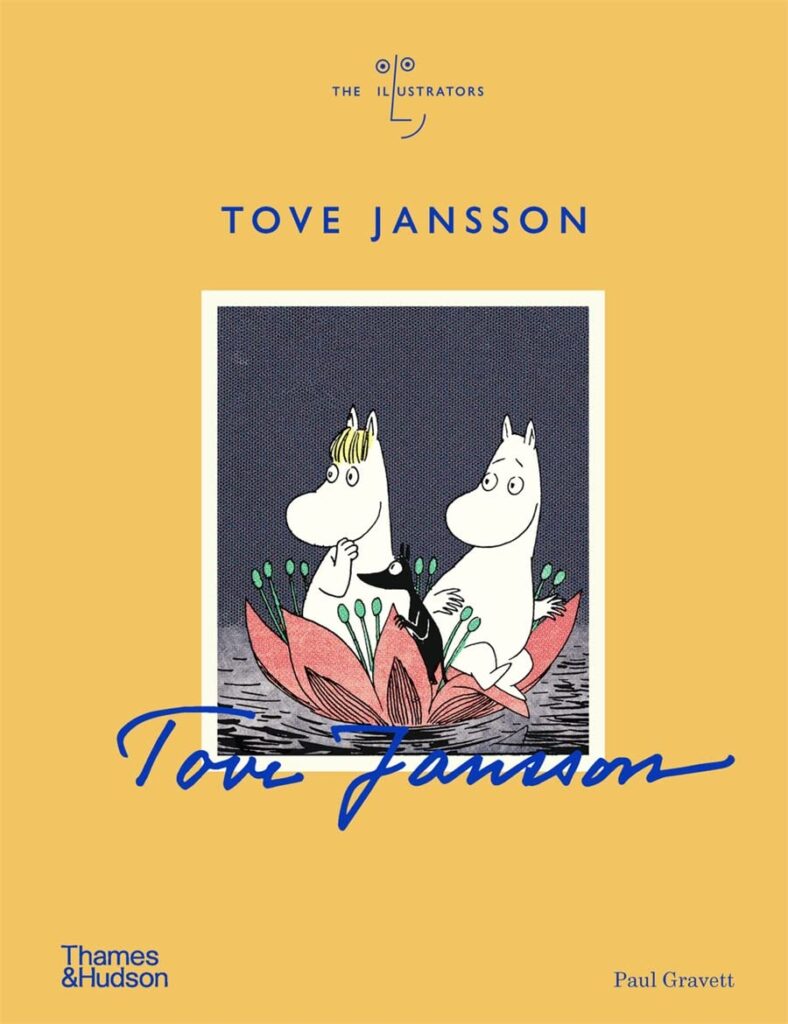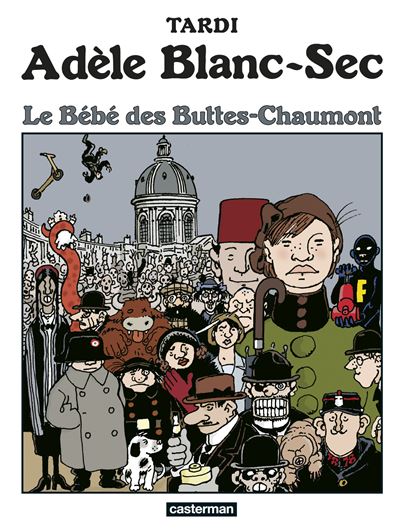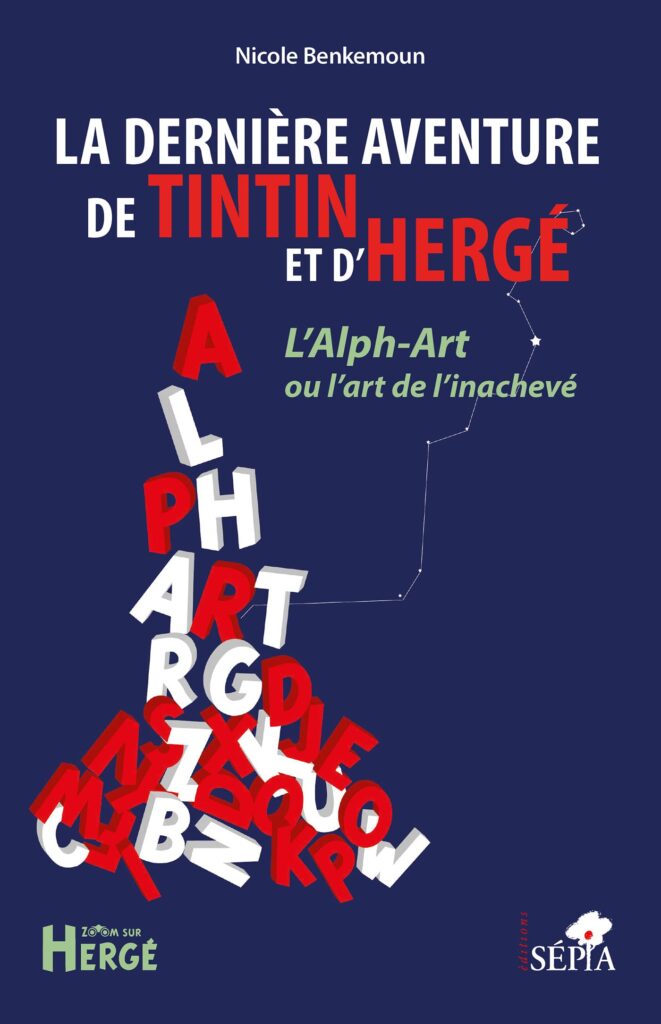
Ottobre è il mese di Lucca Comics & Games. Pare proprio che quest’anno quella manifestazione gigantesca tornerà in presenza, senza distanziamenti e regole restrittive. Nessuno sa per certo come sarà tornare in quegli spazi. Nessuno sa come andranno gli affari degli editori grandi e piccoli e dei rivenditori.
Lucca Comics è sempre stato un termometro importante per capire lo stato di salute dell’industria del fumetto (e pure dei giochi, probabilmente, ma quella è materia complessa in cui non saprei addentrarmi). Prima della pandemia, gli editori portavano nella città toscana tutte le pubblicazioni più importanti dell’anno, consapevoli che, nei pochi giorni della manifestazione, si sarebbero garantiti incassi sufficienti a tenere in sesto il bilancio per diversi mesi. Nei corridoi si mormorava che, benché gli stand fossero costosi, le vendite lucchesi, che non sono appesantite dai costi della filiera (del distributore, soprattutto), aiutavano a tenere in piedi la baracca come nessun altro evento o canale di vendita. C’erano addirittura editori che portavano in fiera libri che sarebbero stati distribuiti nelle librerie di varia e nelle fumetterie solo diversi mesi dopo.
Poi è andata come è andata. Tutti chiusi in casa, pandemia, confinamento, distanziamento sociale, mascherine, curva dei contagi, conteggio dei morti, sospensione di tutte le manifestazioni, vaccini a spruzzo e green pass. Se ne sono avvantaggiati sicuramente i siti di ecommerce. Gli editori un po’ meno. In ottobre il post-it di QUASII si sdoppia. Questo, attaccato sul frigo all’inizio del mese, indica i fumetti in uscita in Francia e negli Stati Uniti nel corso del mese. Tanto ormai abbiamo imparato a usarlo quel fottuto sito di ecommerce: tanto vale mettere a frutto tutta quell’esperienza conquistata a fatica durante la lunga notte del lockdown. Per la fine del mese prepariamo la lista delle pubblicazioni da procurarsi nei giorni lucchesi (e in quelli immediatamente successivi).

Iniziamo il 4 ottobre con Movements and Moments a cura di Sonja Eismann, Maya Schningh e Ingo Schningh per la casa editrice canadese Drawn and Quarterly.
Viene presentata come ambiziosa antologia femminista che raccoglie le cronache di ribellioni indigene in giro per il mondo. Riporto la presentazione dell’editore.
«In 1930s Bolivia, self-described Anarchist Cholas form a libertarian trade union. In the Northern Highlands of Vietnam, the songs of one girl’s youth lead her to a life of activism. In the Philippines, female elders from Kalinga blaze a trail when pushed into impromptu protest. Equally striking accounts from Brazil, Chile, Ecuador, India, Nepal, Peru and Thailand weave a tapestry of trauma and triumph, shedding light on not-too-distant histories otherwise overlooked.
Indigenous Peoples all over the world have always had to stand their ground in the face of colonialism. While the details may differ, what these stories have in common is their commitment to resistance in a world that puts profit before respect, and western notions of progress before their own. Movements and Moments is an introductory glimpse into how Indegenous Peoples tell these stories in their own words. From Southeast Asia to South America, vibrant communities must grapple with colonial realities to assert ownership over their lands and traditions.
This project was undertaken in cooperation with the Goethe-Institut Indonesien in Jakarta. These stories were selected from an open call across 42 countries to spotlight feminist movements and advocacies in the Global South.»

Fino alla fine del 1997 sono riuscito a procurarmi con una discreta frequenza una rivista bellissima. Si chiamava “(À Suivre)” e pubblicava cose molto belle. Benché l’ultimo lustro di quella rivista segnasse la fase discendente di una parabola meravigliosa, su quelle pagine erano apparsi fumetti bellissimi: Tardi, Forest, Comès, F’murrr, Altan, Moebius, Loustal, Pratt, Sokal, Bourgeon, Peeters e Schuiten, De Crecy, Boucq, Geluck, Cadelo, Cabanes, Goossens… Oh! Possiamo continuare per ore a snocciolare nomi. E tutti quei nomi meravigliosi finivano nel catalogo di un editore Casterman, che appena due anni dopo la chiusura della rivista avrebbe ceduto il suo marchio a Flammarion. Il 6 ottobre esce, per Impression Nouvelles, un libro scritto da Florian Moine, Casterman: De Tintin à Tardi 1919-1999. Non vedo l’ora.
«L’image de Casterman est, aujourd’hui encore, étroitement associée aux Aventures de Tintin, dont le succès commercial et la postérité critique éclipsent parfois la riche histoire de la maison. L’exploration des vastes archives Casterman offre un nouveau regard sur cette entreprise bicéphale, à la fois maison d’édition et imprimerie, dirigée par la même dynastie familiale de sa fondation à Tournai en 1776 jusqu’en 1999. Le livre explore ainsi les mutations de l’entreprise et de sa production, depuis les lendemains de la Grande Guerre jusqu’aux processus de globalisation éditoriale à la fin du XXe siècle. Représentants de la cinquième génération d’entrepreneurs, les frères Louis et Gérard Casterman impulsent un nouveau cycle de croissance lorsqu’ils prennent en 1919 la direction de l’entreprise. L’imprimerie se modernise dans l’entre-deux-guerres, tandis que la maison d’édition investit le marché de l’enfance, en publiant notamment les albums d’Hergé. Le succès colossal des Aventures de Tintin après la mise en couleurs des albums initiée par l’éditeur en 1942 change le centre de gravité du catalogue. Porté par les albums d’Hergé puis par la série Martine, Casterman s’affirme comme un acteur majeur de l’édition jeunesse et BD durant les Trente Glorieuses. En 1978, le lancement de la revue « (À Suivre) » et l’arrivée d’auteurs comme Hugo Pratt, Tardi, Comès et Geluck marque l’entrée dans la bande dessinée moderne. Les transformations de l’économie du livre, les mutations technologiques rapides de l’imprimerie et la dilution de l’actionnariat fragilisent dans le dernier tiers du XXe siècle le modèle entrepreneurial de Casterman, jusqu’à la vente de la maison d’édition au groupe Flammarion en 1999.»

Sempre il 6 ottobre per Thames & Hudson esce Tove Jansson: The Illustrators di Paul Gravett. Alcuni volumi scelti di questa collana escono anche in italiano. Magari se aspetti un po’ arriva anche questo. QUASI ama tantissimo Tove Jansson. Nel primo numero della nostra rivista Felix Petruška le ha dedicato un profilo bellissimo: procuratelo, non hai scuse.
«An appreciation of the life and art of Tove Jansson, creator of the Moomin books, which are adored by children and adults across the globe. This book provides fresh insights and a deeper appreciation of the life and art of Tove Jansson (1914-2001), one of the most original, influential and perennially enjoyed illustrators of the 20th century. Jansson’s flourishing Moomin books are examined in detail, as are her interpretations of such classics as Lewis Carroll’s Alice’s Adventures in Wonderland and The Hunting of the Snark, and J.R.R. Tolkien’s The Hobbit. Born in Helsinki among the Swedish-speaking Finnish minority, Jansson was brought up with a love for making art and stories in a supportive artistic family. Her first illustrated tales were published when she was fourteen years old. From a year later until 1953, she drew humorous and political cartoons as well as striking front covers for the satirical magazine “Garm”, responding to the Second World War and its aftermath as she developed from art student to painter and muralist, bohemian and lesbian. This book also explores the emergence of her Moomin world, appearing in her first children’s book in 1945 and then in newspaper strips. These would lead to her being headhunted by the “London Evening News”, the world’s biggest-selling evening paper, to write and draw a daily Moomin newspaper cartoon. This body of work is one of her great achievements, expanding her stories, settings and cast and invigorating her drawing and writing. Jansson also wrote many novels, documented here along with personal commentaries from her own writings. Paul Gravett is a writer, critic, curator, publisher and broadcaster who has worked in the comics industry since 1981. He is author of many books, including Graphic Novels: Stories to Change Your Life, Comics Art and Mangasia, the latter published by Thames & Hudson in 2017. He is also the author of Posy Simmonds in The Illustrators series.»

Drew Friedman è un disegnatore sublime. Un caricaturista eccellente e un maestro dei volumi, ottenuti con tratteggi e colore. Figlio e fratello d’arte ha al proprio attivo una distesa di copertine. Quelle di cui è probabilmente più orgoglioso sono quelle realizzate per “Mad Magazine” che, nonostante la distanza temporale, gli permettono di respirare la medesima aria di Harvey Kurtzman, Jack Davis e Will Elder, maestri dei suoi maestri. Incredibilmente i segni precisi e puliti di Friedman sono figli della rivoluzione underground. È questo il motivo per cui l’11 ottobre accogliamo con gioia il suo nuovo libro, Maverix and Lunatix: Icons of Underground, pubblicato da Fantagraphics
«With the publication of R. Crumb’s debut issue of Zap in 1968, the Underground Comix revolution exploded, creating a major paradigm shift and blowing the lid off the traditional comic book. Maverix & Lunatix features 101 full page portraits (and more) by a cartooning icon in his own right, Drew Friedman, spotlighting the essential artists, writers and editors who defined one of the great art and countercultural movements of the 20th century. Featuring R. Crumb, Gilbert Shelton, S. Clay Wilson, Melinda Gebbie, Art Spiegelman, Vaughn Bode, Trina Robbins, Bill Griffith, Jay Lynch, Sharon Rudahl, Larry Gonick, Rick Veitch, Joyce Farmer, Justin Green, ‘Grass’ Green, George DiCaprio, Diane Noomin, Harvey Pekar, Robert Williams, Howard Cruse, Dan O’Neill, Spain Rodriguez, Shary Flenniken, Richard Corben, and so many others… all of whom helped to reinvent an entire artistic medium and became icons of underground comix. Featuring a foreword by Marc Maron (WTF with Marc Maron) and an afterword by historian Patrick Rosenkranz (Rebel Visions: The Underground Comix Revolution 1963-1975), each portrait in Maverix & Lunatix is also accompanied by a short biography of its subject by Friedman, making the book both a gorgeous art book and a valuable historical resource. Drew Friedman’s work has appeared in “The New York Times”, “Mad”, “New Yorker”, “Rolling Stone” and many other magazines. He resides in Pennsylvania with his wife and collaborator, Kathy Bidus, and their two beagles.»

Il 12 ottobre esce per Casterman il decimo e ultimo volume di Adèle Blanc-Sec. Ha come titolo Le Bébé des Buttes-Chaumont e pare proprio che sarà l’ultimo sul serio. Tardi dice che dopo di questo non solo non ne realizzerà più ma che non ha nessuna intenzione di lasciare che altri mettano le mani sul suo personaggio. Mi dispiace. Mi piacerebbe vedere altri giocare con quella figura in quel contesto. Se non sai niente di Adèle ti devo dare una terribile notizia. L’ultima edizione che abbiamo visto in Italia raccoglie i primi otto volumi del ciclo in due tomi, usciti nel 2010 per Rizzoli Lizard, in occasione di un brutto film di Luc Besson. Sono due tomi in formato 17×24, quello del “graphic novel” per intenderci, in cui le pagine bellissime realizzate da Tardi dal 1978 sono quasi inguardabili. La buona notizia è che, se leggi il francese, quei volumi sono tutti disponibili a una dozzina di euro l’uno. Inoltre in occasione dell’uscita di quest’ultimo volume di Adèle, Casterman ristampa i nove albi precedenti e due libri che, se non hai, devi proprio procurarti: Adieu Brindavoine e Le Démon des glaces

E per finire un altro saggio. Sempre il 12 ottobre, Nicole Benkemoun dedica a l’Alph-Art e alla sua incompiutezza un volume, per Sepia Bd: La dernière aventure de Tintin et d’Hergé: L’Alph-Art ou l’art de l’inachevé.
«Le dernier album de Tintin, Tintin et L’Alph-Art, n’a jamais fait l’objet d’une étude, ce livre est la première publication à ce sujet.
L’album, inachevé en raison de la mort d’Hergé, se “conclut” sur l’image de Tintin conduit à la mort ; beaucoup ont souhaité “terminer” le récit, sauver la vie de Tintin (albums pirates). L’auteure s’interroge sur cette notion d’inachèvement de l’œuvre d’Hergé, d’où le titre du livre, La dernière aventure de Tintin et d’Hergé. Hergé voulait-il envoyer un signal en faisant disparaître “définitivement” Tintin ? Son œuvre prend-elle tout son sens grâce à cet inachèvement ?
A partir de ce travail détaillé, nourri par une iconographie très riche l’auteure élargit son propos en se penchant sur les rapports entre Hergé et la peinture d’une part – sa seconde passion non aboutie – et entre la BD et la peinture d’autre part.»

Scrive e parla, da almeno un quarto di secolo e quasi mai a sproposito, di fumetto e illustrazione . Ha imparato a districarsi nella vita, a colpi di karate, crescendo al Lazzaretto di Senago. Nonostante non viva più al Lazzaretto ha mantenuto il pessimo carattere e frequenta ancora gente poco raccomandabile, tipo Boris, con il quale, dopo una serata di quelle che non ti ricordi come sono cominciate, ha deciso di prendersi cura di (Quasi).



